Background
What is constructive feedback? Constructive feedback describes one person providing feedback to another on their behaviour or performance that is helpful, focused and solution orientated.
We provide feedback to someone when they are not doing something that is expected or not achieving the correct standard. This is known as negative feedback, critical feedback or developmental feedback. We also provide feedback when someone is achieving or overachieving. This is known as positive feedback.
Why We Should Provide Feedback
If we don’t provide feedback to someone when an issue exists, the issue will never be addressed. The other person will assume that everything is OK and will continue to do what they are doing. The behaviour or actions will sit in their ‘blind spot’ – we know that the issue exists, but they don’t.
Similarly, if someone is doing well and doesn’t receive feedback, they won’t feel recognised, and their performance may drop because of this.
Any feedback that we provide should be constructive feedback. If feedback is not constructive, it can have the opposite effect that we want it to, and it will damage relationships and lead to lower performance levels.
What is Constructive Feedback?
Constructive feedback is feedback that is focused on improvement. It means the feedback we provide is perceived as being helpful and supportive and not an attack. Constructive feedback is:
- Helpful – the feedback should help the person to improve their performance or behaviour or sustain it where the feedback is positive.
- Specific – The feedback should have specific examples of behaviour or actions that help the person see where you are coming from
- Evidence-based – The feedback should have some evidence to back up what you are saying. This means the feedback is more objective and not subjective.
- Focused – the feedback should be focused on one particular thing at a time and not just a sweeping generalisation
- Solution orientated – the feedback should provide ideas or solutions to help the person understand what they should do differently or continue doing.
Another useful way to remember how to give constructive feedback is to remember the acronym FAST:
- Frequent: don’t wait until the next formal appraisal meeting. Do it as a matter of routine.
- Accurate: descriptive of observed or verifiable behaviour and facts; not evaluative of the person based on assumptions, interpretations, generalisations and judgements.
- Specific: related to a specific, observable, or verifiable behaviour, action, event or result.
- Timely: close to the event.
How to Provide Constructive Feedback
An easy way to provide and constructive feedback is to use a feedback structure or a model. This will ensure that all points are covered, and the feedback remains as constructive as possible. Some examples of feedback models are:
- AID – Action, Impact Do/Do Differently. Great for performance-based feedback. Learn more about the AID Feedback Model.
- SBI – Situation, Behaviour, Impact. Great for behavioural-based feedback. Learn more about the SBI Feedback Model.
- STEER – Spot, Tailor, Explain, Encourage, Review. Great from when your feedback needs to include clear development needs alongside the feedback. STEER should be combined with one of the other feedback models. Learn more about the STEER Feedback and Training Model.
Examples of Feedback
Here are some examples of unconstructive and constructive feedback:
Unconstructive Feedback
‘That report is terrible. It needs to be done better’
‘You are always aggressive in meetings’
‘This email to the customer is full of spelling mistakes’
‘I think you are a very rude person’
‘This document is fantastic’
‘You are always very positive’
As you can see, the above examples are not helpful, focused or result orientated. The person receiving these comments will not act on them, and the negative comments will likely lead to an argument or the relationship being damaged.
Constructive Feedback
‘I have had a read through the report that you produced and I feel that the layout could be improved. This is because you have put the management summary at the end when this would work better at the beginning. People like to read this first to see if the report is relevant to them. Let me show you what a typical management report layout looks like.’
‘This morning during our team meeting when we were looking at the new product launch, I felt you were very aggressive. You raised your voice, banged your hands on the table and swore. This made the rest of the team feel uncomfortable and brought a negative tone to the meeting. In future, when you have some feedback for me, I would like you to provide that to me in a constructive way. This is what constructive feedback looks like.’
As you can see, these constructive feedback examples are much more helpful, focused, evidence-based and help the person to see what that should do differently.
Further Learning
If you would like to learn more about constructive feedback or providing effective feedback, you can find these subjects in a Leadership Skills training course. Take a look at our Leadership Skills Training Course for more details.
References
SBI and Situation-Behavior-Impact are trademarks of the Center for Creative Leadership.





